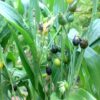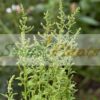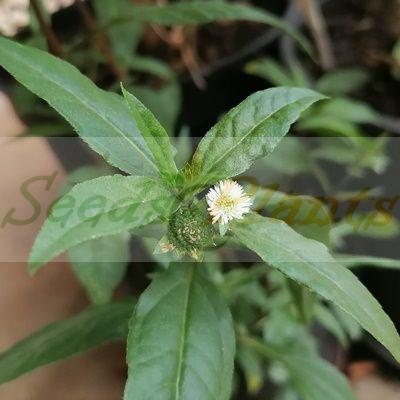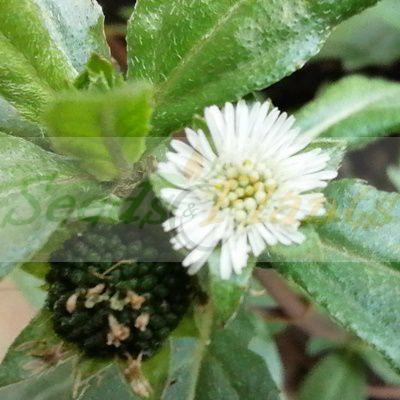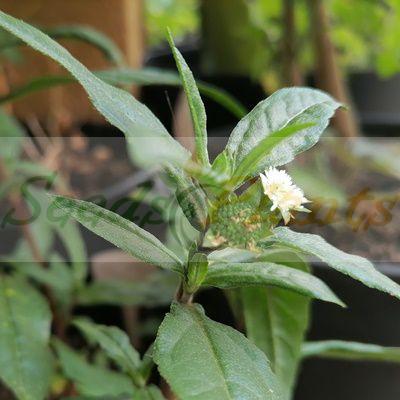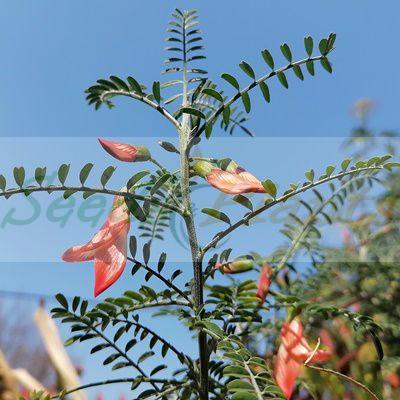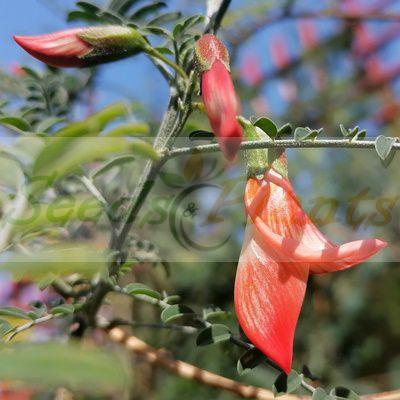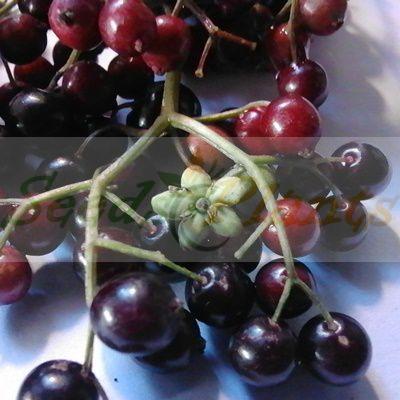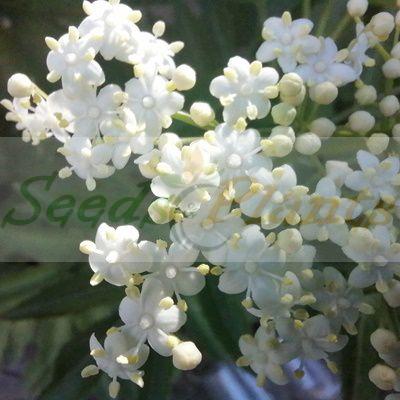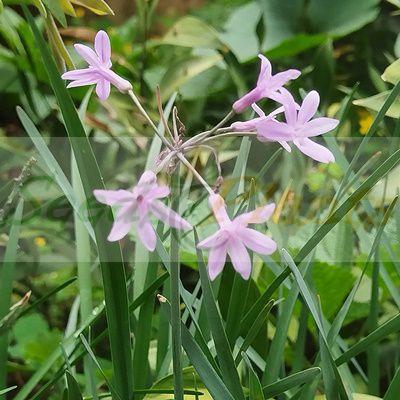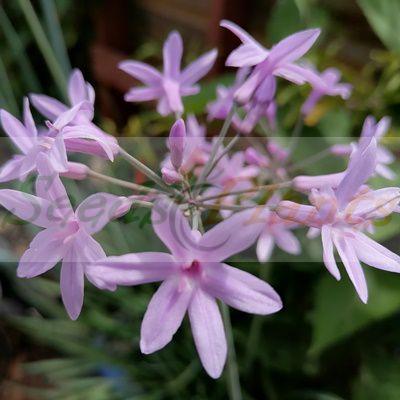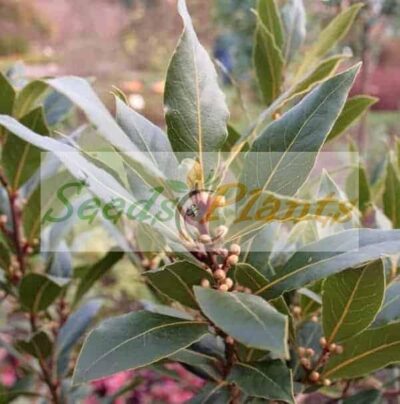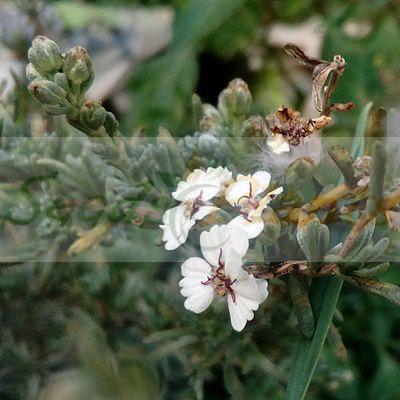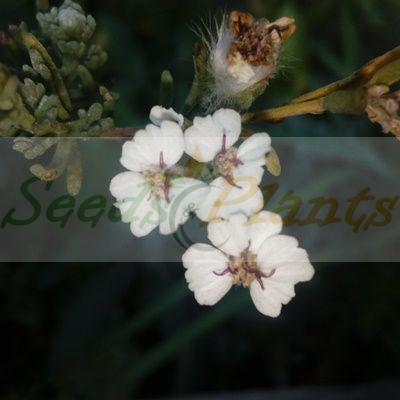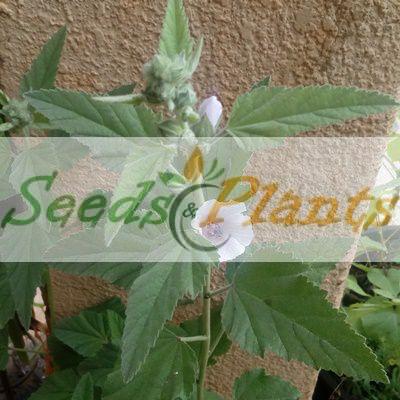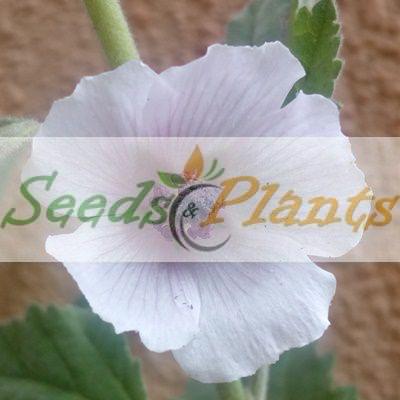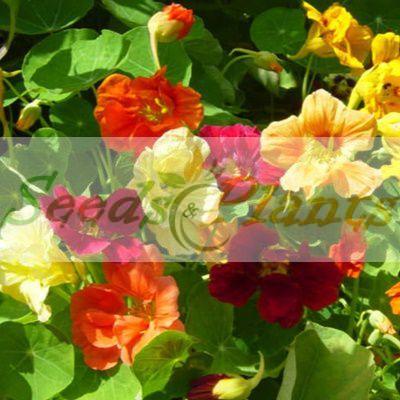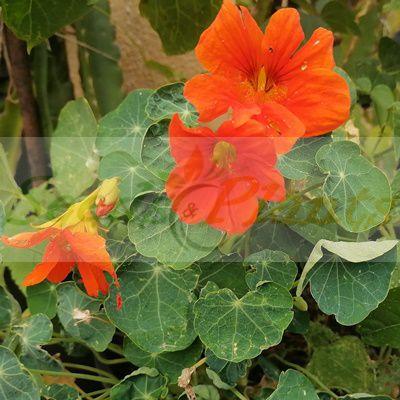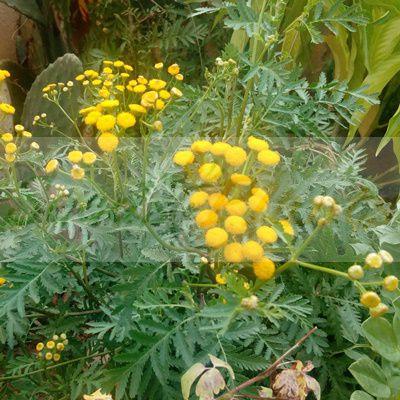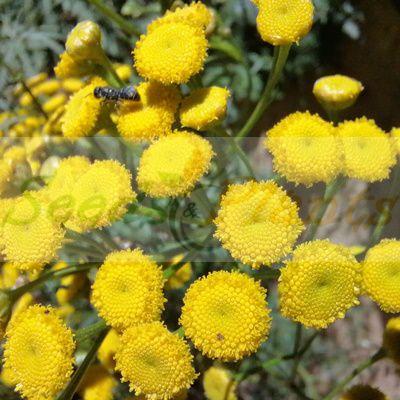🌿 Herbal Quick Facts
Medicinal Info
- 🌍 Origin / Region: Asia
- 🌿 Medicinal Part: Leaf, Root
- 🍵 Herbal Preparation: Decoction, Infusion / Tea, Ointments/Creams, Paste, Powder
- ⚕️ Healing System: Ayurvedic System of Medicine, Chinese Traditional Medicine, Siddha System of Medicine, Unani System of Medicine
Growth Traits
- 🌱 Life Cycle: Annual
- 🦋 Pollinator Method: Attracts Bees, Attracts Butterflies, Attracts Hummingbirds, Attracts Wasps
- 🪴 Growth Habit: Bushy, Upright
- 🌸 Flower Color: White
Growing Requirements
- 🌞 Sun Exposure: Full Sun, Partial Shade
- 💧 Water Needs: Regular Water
- ☀️ Growing Conditions: Frost Sensitive, Humid Conditions, Moderate Temperatures, Moist Conditions
- 🟤 Soil Preference: Clay Soil, Loamy Soil, Moist Soil, Sandy Soil
Bhringaraj – 50 Seeds
(Eclipta prostrata)
R30.00
According to Ayurveda, the leaf is considered to be a powerful liver cleanser, and the oil is especially good for the hair. It is considered to be a rasayana, a herb used to rejuvenate and promote longevity.
Common Names: False daisy, yerba de tago, guntagalagara aaku, Karisalankanni, and bhringraj.
Indoor Sowing: Late Winter to Early Spring.
Direct Sowing: Spring.
In stock
🌿 Herbal Quick Facts
Medicinal Info
- 🌍 Origin / Region: Asia
- 🌿 Medicinal Part: Leaf, Root
- 🍵 Herbal Preparation: Decoction, Infusion / Tea, Ointments/Creams, Paste, Powder
- ⚕️ Healing System: Ayurvedic System of Medicine, Chinese Traditional Medicine, Siddha System of Medicine, Unani System of Medicine
Growth Traits
- 🌱 Life Cycle: Annual
- 🦋 Pollinator Method: Attracts Bees, Attracts Butterflies, Attracts Hummingbirds, Attracts Wasps
- 🪴 Growth Habit: Bushy, Upright
- 🌸 Flower Color: White
Growing Requirements
- 🌞 Sun Exposure: Full Sun, Partial Shade
- 💧 Water Needs: Regular Water
- ☀️ Growing Conditions: Frost Sensitive, Humid Conditions, Moderate Temperatures, Moist Conditions
- 🟤 Soil Preference: Clay Soil, Loamy Soil, Moist Soil, Sandy Soil
Bhringaraj (Eclipta prostrata) is a medicinal herb. This is a species of plant in the sunflower family. It has a long stalk and small white colored flowers which are solitary, winged and about 6 to 8 mm in diameter. The leaves are sessile, lance-shaped and arranged in the opposite orientation. It has distinct cylindrical and grey colored roots.
The herb mostly grows in the moist regions of India, China, Nepal, Thailand, and Brazil. Sanskrit Name: Bhringraj / Keshraj. In India, it is known as bhangra or bhringaraj.
Common Names: False daisy, yerba de tago, guntagalagara aaku, Karisalankanni, and bhringraj.
Bhringraj Medicinal Benefits
According to Ayurveda, the leaf is considered to be a powerful liver cleanser, and the oil is especially good for the hair. Bhringaraj is considered to be a rasayana, an herb used to rejuvenate and promote longevity. It has a bitter, hot, sharp, and dry in taste.
- The leaves are effective against venomous snake bites and have some cytotoxicity.
- In Ayurveda, the leaves are used primarily as hair tonics and liver rejuvenatives.
- In Chinese medicine, the herb is regarded as cooling and restorative, especially for the liver and eyes but also the nervous system.
- It is also an effective medicine for skin diseases, cough, asthma, eye disorders and diseases related to any part of the head.
- External applications rely on the juice from the leaf and they are applied directly on swellings, ulcerations, insect bites, and even elephantiasis.
- It is also mixed with sesame or coconut oil and applied to the head to stimulate hair growth and relieve headaches.
Growing Bhringraj
Indoor Sowing: Late Winter to Early Spring.
Direct Sowing: Spring.
- In spring, sow the seeds directly into a prepared garden bed after the last of the freezing weather has passed, or start seeds indoors in Late winter to Early Spring and then transplant out into the garden.
- Surface sow the seed in rows about 6 cm apart.
- Gently cover with very little soil and water using a sprinkler or spray bottle.
- Germination in about 2 weeks to 1 month.
- Seedlings are ready for transplanting when 45-60 days old.
- Grow the plant in an area of the garden that is consistently damp throughout the growing season. This moisture-loving plant can also be grown in wet and boggy areas.
- In dry areas, water when the soil starts to feel dry to maintain a consistently moist growing environment.
- Plant in a partially shaded area of the garden.
- Pull up and remove the plants in winter when they die back and start new plants at the beginning of the next growing season.
Disclaimer
Medicinal Information:
All medicinal information on this website is for educational and informational purposes only and may not be construed as medical advice. The information is not intended to replace medical advice or treatment offered by healthcare professionals.
Seeds, Plants, Plant Cuttings, Geophytes and Dried Herbs:
In some countries and provinces, certain plants are deemed as invasive and are not allowed to be planted at all, whilst some plants are allowed to be grown only in certain areas or provinces. The onus is on you as the buyer to familiarize yourself with the regulations pertaining to your location, before purchasing any of our seeds, plants, plant cuttings, geophytes or dried herbs. We will not be held liable, should you purchase any seeds, plants, plant cuttings, geophytes or dried herbs. from us which are prohibited in your country or province.

